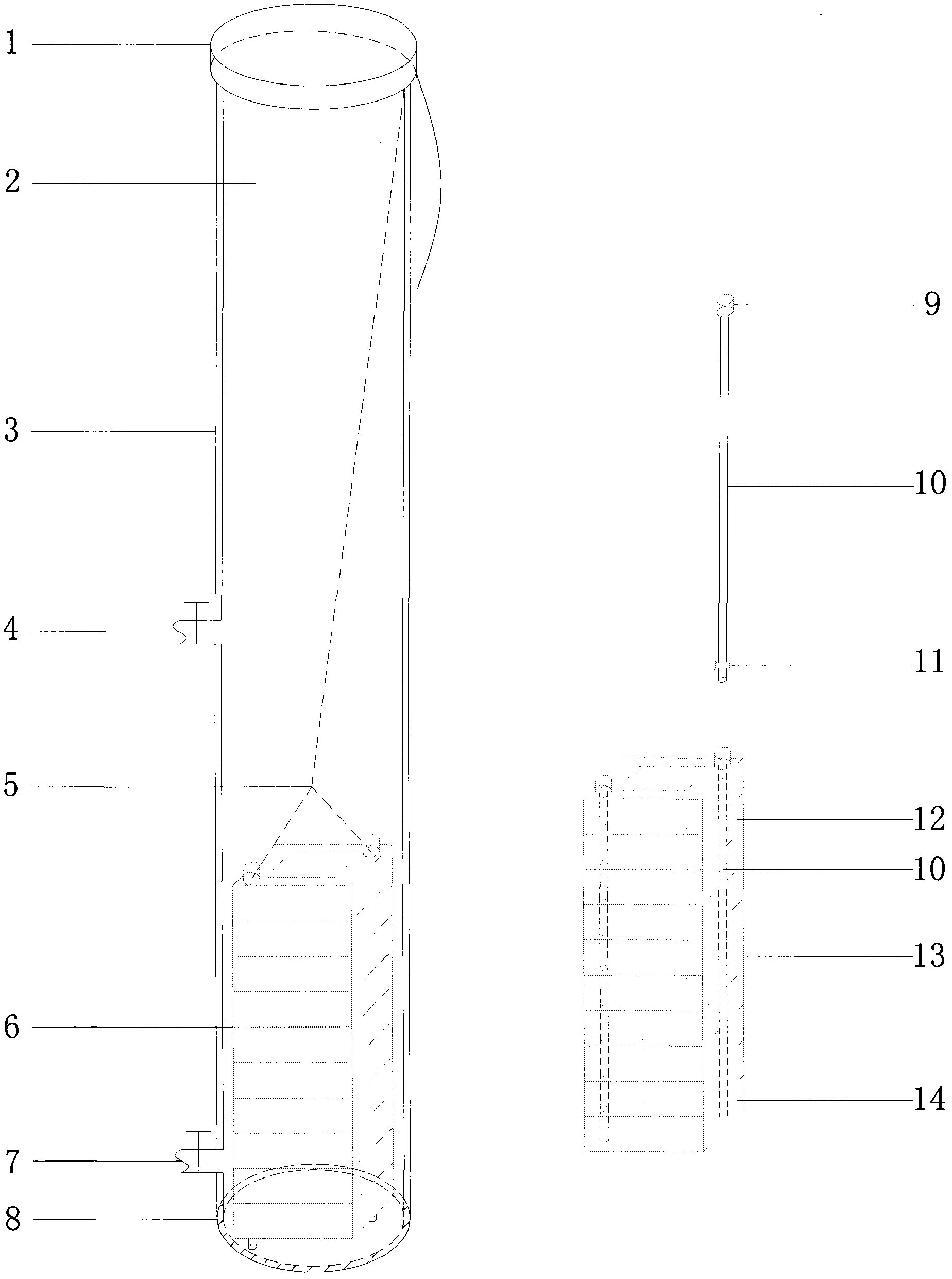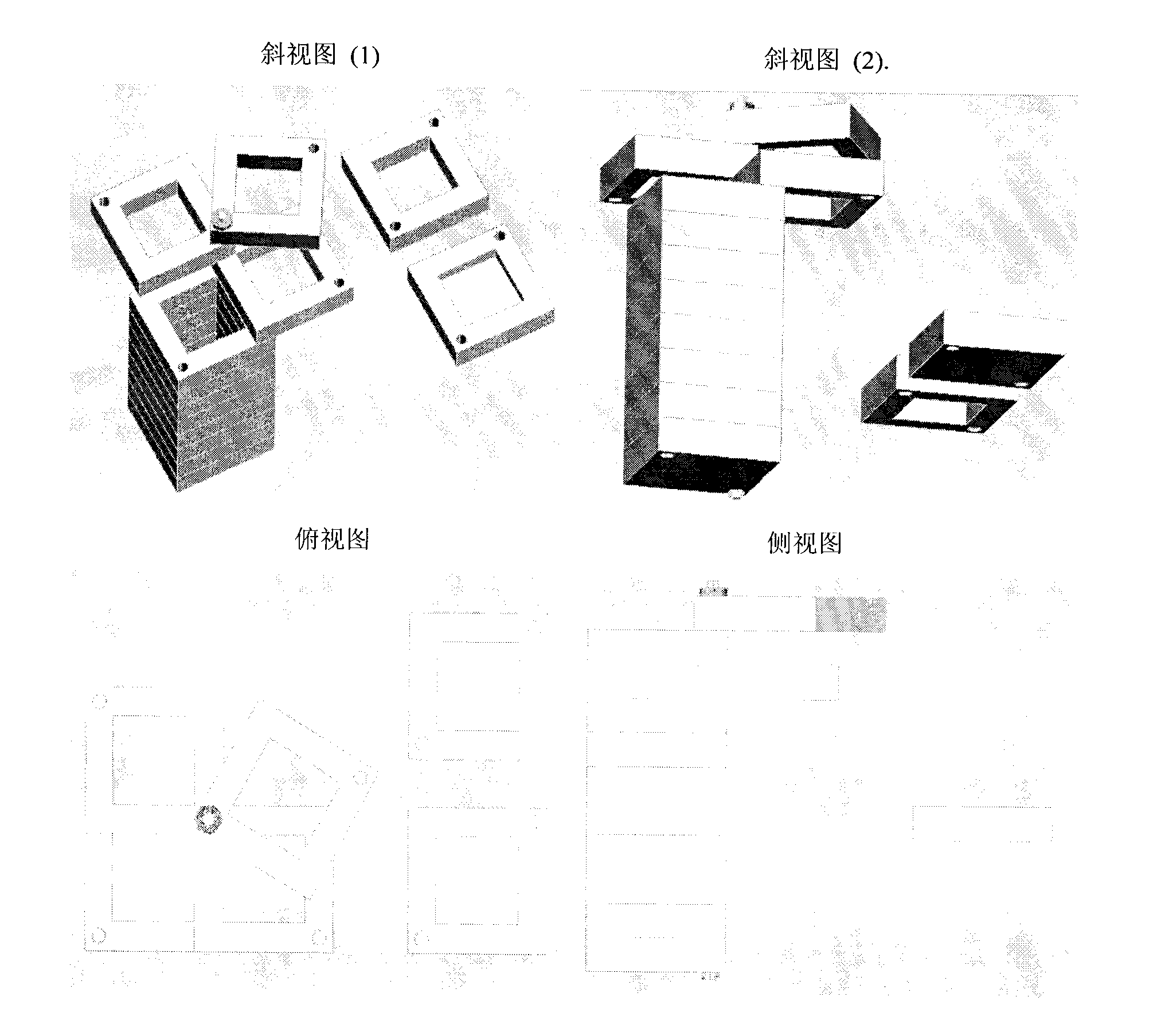Water-sediment compound simulation test device for accurately layering and collecting sediment
A test device and composite simulation technology, applied in the direction of sampling devices, etc., can solve the problems of small pipe diameter, disturbance of water sediment interface, layered collection of difficult sediments, etc., and achieve convenient operation, simple structure, convenient and accurate layered collection Effect
- Summary
- Abstract
- Description
- Claims
- Application Information
AI Technical Summary
Problems solved by technology
Method used
Image
Examples
Embodiment Construction
[0015] When the test is started, the inner cylinder is filled with uniformly mixed lake sediment layer by layer. During the filling process, sediment passivation agents can be added at a fixed depth according to needs, and then continue to cover the sediment until the inner cylinder is filled (30cm height ). After that, you can hand-hold the 80cm-long thin line tied to the nut, lower the inner cylinder steadily to the inner bottom of the outer cylinder, and hang the 10cm cotton thread higher than the outer cylinder on the outer wall of the outer cylinder to facilitate the sampling of the entire inner cylinder. propose. After placing the inner cylinder, slowly inject the lake water collected in the field along the inner wall of the outer cylinder to the height of 90cm of the outer cylinder. At this time, the overlying water depth in the test system is 60cm. Cover the upper end of the outer cylinder with a light-transmitting plexiglass cover, and the test can be started outdoor...
PUM
| Property | Measurement | Unit |
|---|---|---|
| length | aaaaa | aaaaa |
| thickness | aaaaa | aaaaa |
Abstract
Description
Claims
Application Information
 Login to View More
Login to View More - R&D
- Intellectual Property
- Life Sciences
- Materials
- Tech Scout
- Unparalleled Data Quality
- Higher Quality Content
- 60% Fewer Hallucinations
Browse by: Latest US Patents, China's latest patents, Technical Efficacy Thesaurus, Application Domain, Technology Topic, Popular Technical Reports.
© 2025 PatSnap. All rights reserved.Legal|Privacy policy|Modern Slavery Act Transparency Statement|Sitemap|About US| Contact US: help@patsnap.com


